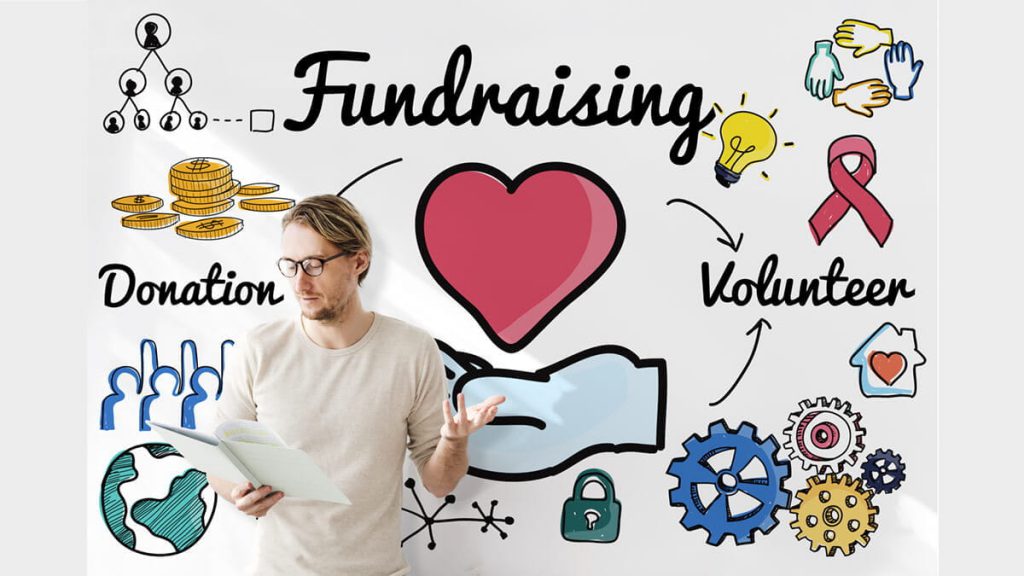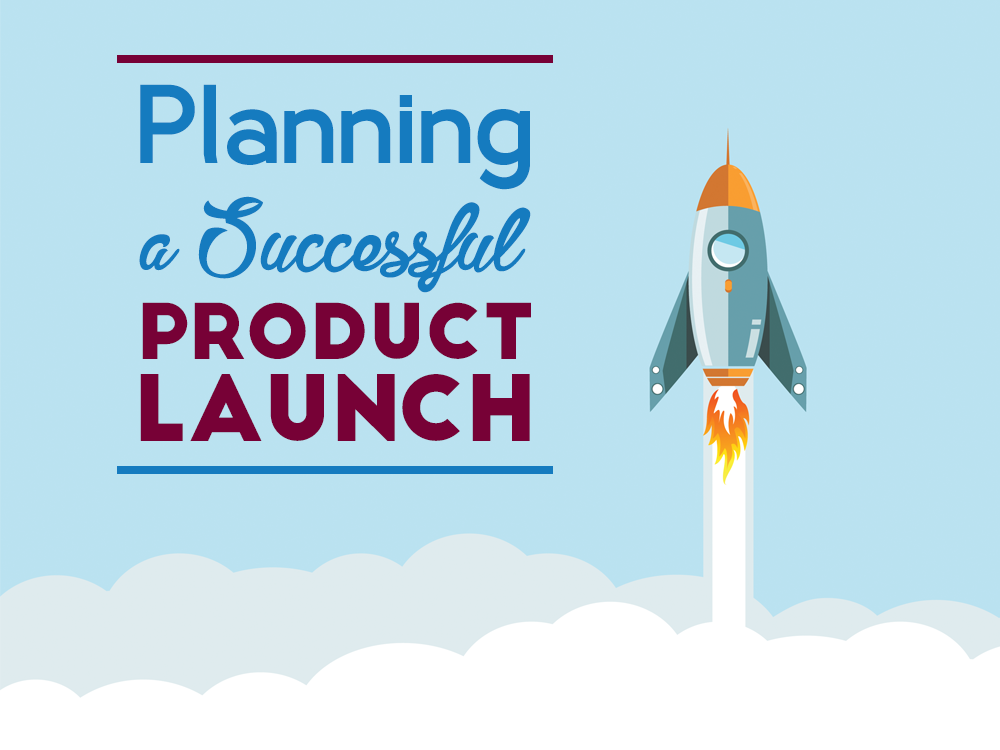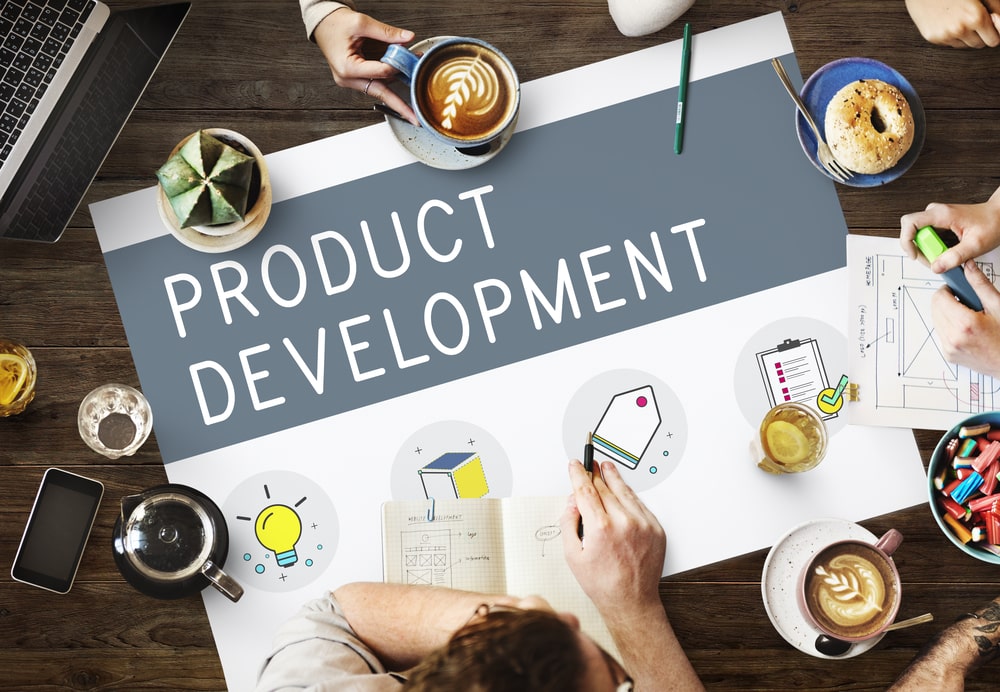When it comes to the product design process, there’s no one-size-fits-all solution.
When it comes to the product design process, there’s no one-size-fits-all solution. An entrepreneur must tailor the process to fit the business and functional needs of the project.
This article explores the concept of product design and outlines four widely used approaches to product designing.

What is Product Design?
Product design is the process of identifying a market opportunity, clearly defining the problem, developing a proper solution for that problem, and validating the solution with real users.
In simple words, product designing is creating and designing products that address a specific requirement and solve a problem. It provides a comprehensive understanding of what the final product would look and feel like and what problem it will solve.
Who are Product Designers?
Product designers are creative design professionals who use their abilities to develop digital products that address the unmet demands of users.
A product designer gets to wear multiple hats, which means your day-to-day will never look the same. As a product designer, you play the role of a problem solver, researcher, designer, product manager, data analyst, and marketer.
To create useful products, a designer experiment with and tests multiple versions of the same product. It helps a product designer identify improvements. Also, they understand the company’s products, user requirements, and production costs to execute high-quality product designs at an affordable rate. Usually, product designers work in smaller groups or independently to conduct market research and gather the information required to design a digital product.
Four Approaches to Successful Product Design
Designing a great product doesn’t happen overnight. An entrepreneur can take many product development strategies to reach a breakthrough design. Here are the different approaches to designing a new product.
Traditional Business Approach
The traditional business approach considers two factors when designing a product — Will the product be viable, i.e., how does it benefit the business? What is the operational and technical feasibility of the product design? Using the traditional business approach to design, a company would identify a problem (or a set of problems) and then derive what the company thought it could offer as a profitable solution.
The traditional business approach to product development strategy seems straightforward but doesn’t always bring success. It focuses on the how and what rather than the why. It doesn’t answer a key question, i.e., why does a customer need a product? The metrics for product design emphasized in the traditional business approach, namely viability and feasibility, are company-centric and inconsiderate of the consumer needs.
Design Thinking Approach
Design thinking incorporates the user experience into the design process, moving beyond the simple look and feel of product design. IDEO founder Tim Brown popularized design thinking. He describes it as a human-centered approach to innovation that draws from the designer’s toolkit to integrate the needs of people, the possibilities of technology, and the requirements for business success.
One of the aspects of design thinking that makes it successful is the prototyping phase. Designers can help lower the risk of launching a new product by testing the product design with small groups of users throughout the development process. A prototype helps validate that the product is something a customer can understand and use and that the design is appealing before the product goes to mass production.
Lean UX Approach
The Lean Start-up and Lean UX approaches take design thinking further, putting the prototyping process front and center. Lean start-up is an approach to starting a business venture that takes an idea, translates it into a product or service, measures how customers respond, and then takes the learnings to pivot or iterate. Lean UX takes that same approach and applies it specifically to design.
This approach focuses on the human experience behind the design. The deliverables of the entire product development strategy are less important than the learnings the design process delivers. The core objective is to obtain feedback as early as possible to make quick decisions and improve. It’s a collaborative approach – as if the customer is designing the product alongside the company. The drawback is that this approach to design can ignore other factors related to development; Lean UX can lead to somewhat of a product design bubble.

Design Sprint Approach
The design sprint is a subset of the design thinking approach. There are five phases to the design sprint process that takes place on five separate days: Map, Sketch, Decide, Prototype, and Test.
Design sprints focus on a small part of the problem, or one aspect of the design, rather than building a completely new product. The process allows designers to work with their customers in the prototyping and testing phases and to learn quickly – within five days – to continue to design a winning product. Design sprints integrate elements from the other approaches but with a more focused, disciplined aspect to product design.
Conclusion
The most important thing to remember when designing products is that design is for people. You must deliver the right features with the right user experience for the right people to achieve great product designs. Thus, define your target audience, then research their problems, and, finally, focus on building a product that solves those problems!






